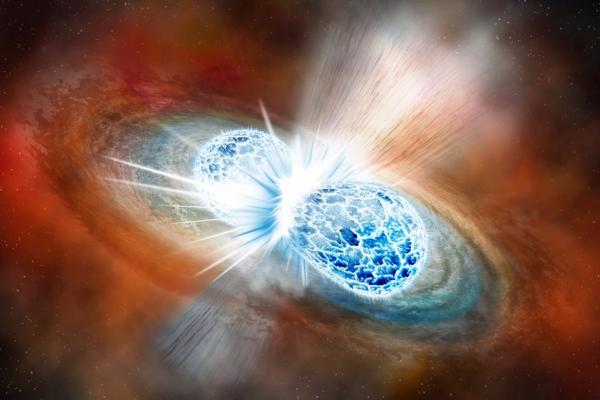
One of two 2019 Dr. Pliny A. and Margaret H. Price Prize Winners
Constraints on the Neutron Star Equation of State from Gravitational Wave Events
Carolyn Raithel (Arizona)
Observations of neutron stars provide one of the best ways of probing the ultra-dense matter equation of state (EOS). While X-ray measurements of the neutron star radius have provided some promising constraints on the EOS, uncertainties remain at high densities. Detections of gravitational waves from binary neutron star merger(s) offer an exciting, complementary approach to constraining the EOS. In this talk, I will discuss how we can directly extract stellar radii from gravitational wave events and how these results compare to previous X-ray measurements. I will also present a new set of constraints on the nuclear symmetry energy, as inferred from gravitational wave data. Finally, I will discuss the mass distribution of compact objects, how we can use the mass distribution to learn about stellar evolution, and how gravitational waves are changing this understanding.
